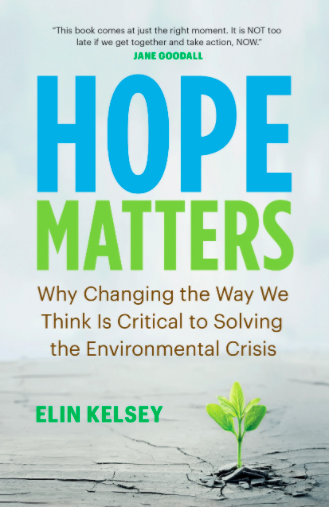
In recent years, environmental educators have been struggling with increasing levels of eco-anxiety in their students, and wondering how to counter this with environmental learning that is less focused on ãdoom and gloomã. The work of Canadian scholar Elin Kelsey has influenced my thinking about this ã she argues that moving away from a legacy of fear and taking a hopeful approach to teaching and learning about the environment and sustainability is necessary, and more productive, in helping students cope with the threatening realities of the climate crisis. One of the strategies she recommends is giving them the tools to take action on environmental issues, to engage them in the process of positive change and develop their sense of agency. In my experience, the arts are a fantastic way to do this. Art-making is a form of visual story-telling, and as Kelsey writes, ãThe stories we tell ourselves shape how we live and what we believe to be possible.ã Artists around the world have taken this to heart ã the explosion in the number of artists focused on environmentally-focused art-making has been extraordinary over the last decade. Each enacts David Orrãs quote ãhope is a verb with its sleeves rolled upã in unique and creative ways. As educators, we need to share the works of these artists with our students, and invite them to utilize all of the arts to shift the narrative, and our thinking, to imagining and enacting a world that is more just, equitable and sustainable.


